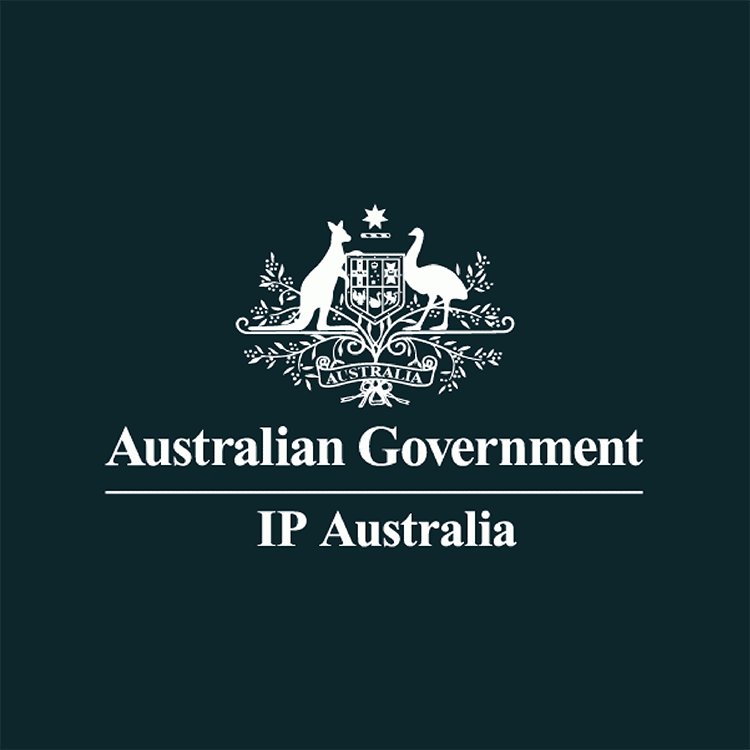Registering your trade mark: A how-to guide for exporters

IP Australia’s Intellectual Property Report 2022 outlines how small and medium sized businesses benefit from intellectual property (IP) ownership. Before you export, consider registering your intellectual property (IP) for protection in Australia as well as the countries you intend to trade in.
You could start by registering a trade mark. A trade mark protects your brand and distinguishes your products or services from your competition in the market. Trade mark registration lasts for ten years from the filing date, and can be renewed indefinitely.
IP Australia estimates that of the total 2.3 million registered Australian small businesses, less than 2% currently have a registered trade mark (around 28,000). This percentage is even lower for small to medium sized businesses exporting to other countries, with Australian residents filing a total of 20,452 trade mark applications abroad in 2020.
Interested in applying? Here is a step-by-step guide for registering your trade mark.
Step 1: Learn more about trade marks and decide if yours is eligible for registration
IP can be a very valuable asset for your business and should be protected to stop others using it both domestically and internationally. The most common types of trade marks are brand names, logos or a distinctive phrase.
A registered trade mark gives you the ability to:
- maintain the exclusive rights to use the mark on select goods and services
- license others to use your registered trade mark
- sell your registered trade mark as a business asset
- Use the (R) symbol with your trade mark.
Step 2: Conduct a check to make sure your trade mark isn’t already registered by someone else
TM Checker is a free trade mark tool created by IP Australia to make it easier for businesses to check trade mark availability in Australia. The tool will give you an idea if there are already trade marks that might be similar to your brand or name in the proposed classes of good and services – from there it’s a simple process to complete the application to register a text or logo trade mark.
More information on international trade marks is at step 3.
You may also want to check availability of the business name and domain name at this step. Whether you’re a sole trader, a company or a trust, business.gov.au provides a Help me decide tool to guide on the registrations you might need.
Step 3: Choose relevant goods and services
Your business may be providing goods, services or both. Trade marks only protect your name, brand or logo for the specific goods and/or services selected when you apply. That’s why your trade mark application must list the goods and services that the trade mark will be used in relation to.
Trade marks ‘classes’ refer to the groups of goods and services available for registering your trade mark. Fees are generally charged per class, and for the same price you can choose as many goods or services within a particular class as you need.
Step 4: File the application
a) Applying for an Australian registered trade mark
Applying for a registered trade mark in Australia takes approximately 15 minutes and starts at $250 for a standard application through the IP Australia website, or from $330 if you use IP Australia’s TM Headstart service or the TM Checker Tool.
To apply for a registered trade mark in Australia you must reside (or have an agent that resides) in Australia or New Zealand and intend to use the trade mark for the goods and/or services in your application.
IP rights granted in Australia do not provide protection in other countries. To protect IP in other countries, Australian applicants must file trade mark applications abroad in those countries.
There are different ways you can file a trade mark, depending on the countries you wish to do business in.
b) Applying for International registered trade marks
Trade mark applicants can obtain and maintain protection for their marks in multiple countries by filing a single international registration via the Madrid System. The Madrid System allows you to file a single trade mark application to apply for protection in up to 129 countries.
Before you can apply via the Madrid System, you’ll need a trade mark application or registration in Australia. You can learn more about the Madrid System, and apply, through the World Intellectual Property Organisation website here.
You can also apply directly with foreign intellectual property offices. In 2021, 47% of the Australian applications made abroad were filed directly with overseas offices. The most popular destinations for these filings include:
About IP Australia
IP Australia is the Australian Government agency that administers intellectual property (IP) rights and legislation relating to patents, trade marks, designs and plant breeder’s rights. IP Australia has a wealth of IP related data dating back to the inception of the patent office in 1904. To find out more about IP Australia visit https://ipaustralia.gov.au

